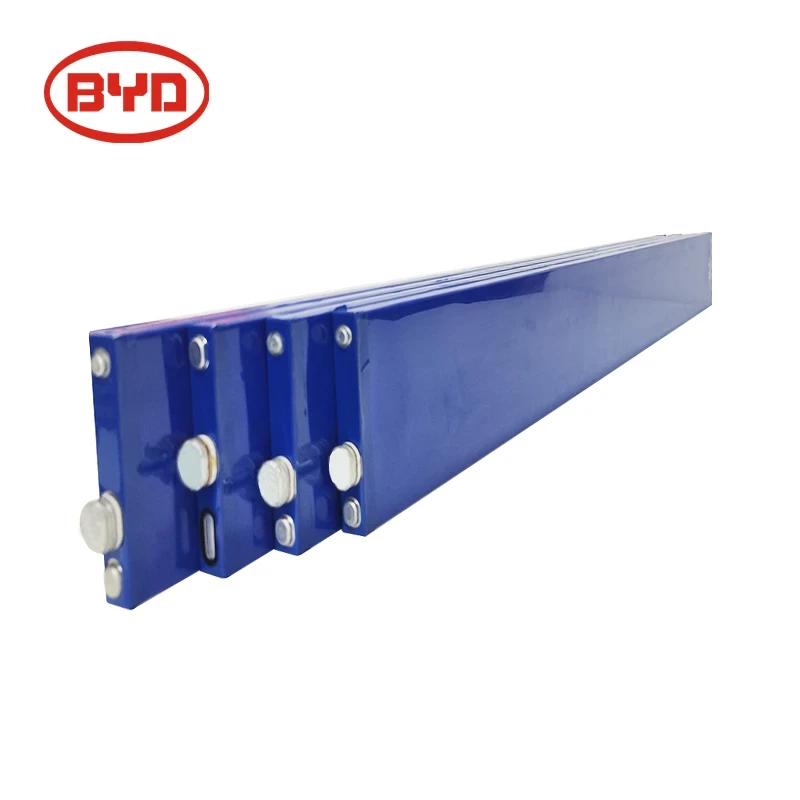Definition of battery capacity:
Battery capacity is the amount of electricity that a battery can release after a single charge, usually measured in ampere-hours (Ah) or milliampere-hours (mAh). The size of the battery capacity determines how long the battery can provide power to the load. In different applications, this parameter directly affects the endurance of the device.
Measuring battery capacity involves several key steps:
Charging: Fully charge the battery and ensure that the battery is fully charged before measurement.
Discharging: Discharge the battery at a steady current until the battery is exhausted.
Calculation: Record the current and discharge time during the discharge process, and calculate the battery capacity according to the formula:
Battery capacity = discharge current × discharge time
For example, if the battery is discharged at a current of 500 milliamperes (mA) for 5 hours, the battery capacity is 2500 milliampere hours (mAh).
BYD Blade Battery Capacity:
BYD C103F 102Ah 3.2V LFP Blade Battery
BYD C104F 150Ah 3.2V LFP Blade Battery
BYD C112F 180Ah 3.2V LFP Blade Battery
BYD C113F 170Ah 3.2V LFP Blade Battery
BYD C114F 332Ah Blade Battery
BYD C115F 232Ah 3.2V LFP Blade Battery
How to choose the right battery capacity
To choose the right battery capacity, you need to consider the following aspects:
- Equipment requirements: Understand the power consumption and working time requirements of the equipment, and choose a battery capacity that can meet these requirements.
- Application environment: Choose the appropriate battery type and capacity according to the temperature range and discharge conditions of the use environment.
- Budget and space: Larger capacity batteries are usually more expensive and larger, so you need to weigh budget and space constraints.
- Charging and maintenance: Consider the battery charging method and maintenance requirements, and choose a battery system that is easy to manage and maintain.
For more information, please contact us: ciclibattery.com







